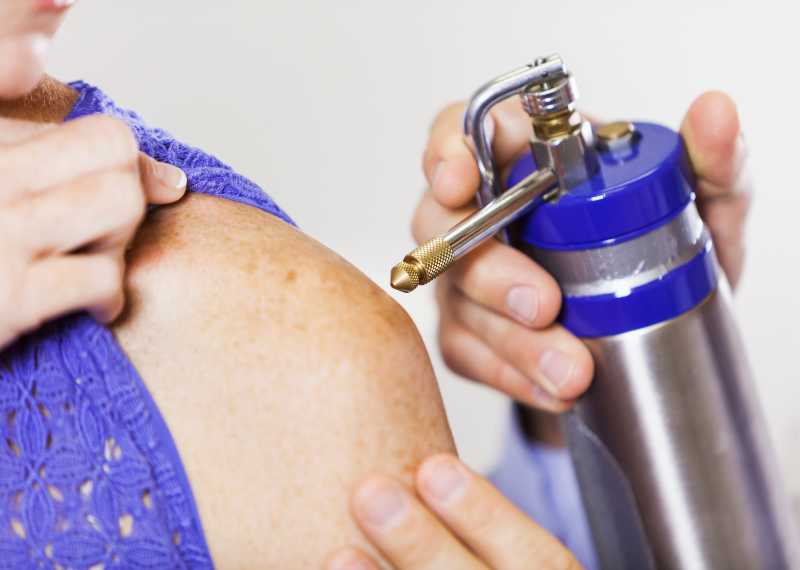When Should You Consider Skin Cancer Surgery?
Surgery may be recommended if:
- You’ve had a biopsy confirming skin cancer – If testing confirms a lesion is cancerous, removing it promptly reduces the risk of it spreading.
- A mole or lesion is changing – If you notice a mole growing quickly, developing uneven borders, or changing colour, it should be assessed for removal.
- Skin cancer has returned – If a previously treated area shows signs of regrowth, excision may be needed to eliminate any remaining cancer cells.
Early intervention is key. If you’ve noticed changes in your skin, it’s best to seek professional advice as soon as possible. Regular skin monitoring with mole mapping can help detect concerning changes before they become serious.

Surgical Skin Cancer Treatments
Tailored Treatment for Every Patient
Every skin cancer case is unique, which is why we take an individualised approach to treatment. Your doctor will assess factors such as your age, overall health, cancer type, size, and location before recommending the best surgical plan for you. Our focus is on thorough removal, effective healing, and preserving as much healthy skin as possible.
Surgical Excision: The Most Common Treatment
Surgical excision is the gold standard for treating basal cell carcinoma (BCC), squamous cell carcinoma (SCC), and melanoma.
- Performed under local anaesthetic to keep you comfortable.
- The cancerous tissue is carefully removed, along with a small margin of healthy skin to lower the risk of recurrence.
- If needed, reconstructive techniques like skin grafts or local flaps may be used to achieve the best cosmetic and functional outcome.
- Stitches are placed, and a protective dressing is applied to support healing.
- For larger or more complex cases, sedation or general anaesthesia may be required. Your doctor will guide you through what approach suits your situation best.
Reconstruction After Skin Cancer Surgery
In some cases, removing skin cancer leaves a larger wound that needs additional care. Our doctors use reconstructive techniques to help the area heal naturally while minimising scarring:
- Direct closure – The wound is stitched together for a smooth recovery.
- Skin grafts – A thin layer of skin from another area is placed over the wound to support healing.
- Local flaps – Healthy skin from a nearby area is repositioned to cover the wound and maintain skin function and appearance.
Before your procedure, your doctor will discuss the best reconstructive option for your case and what to expect during recovery.
Lymph Node Surgery (If Cancer Has Spread)
If skin cancer has spread to nearby lymph nodes, surgery may be required to remove them and stop further spread. This involves removing affected lymph nodes from the neck, armpit, or groin as part of a broader treatment plan.
Book Your Appointment Today
Take control of your skin health with a thorough check at our skin cancer clinics in Melbourne.
